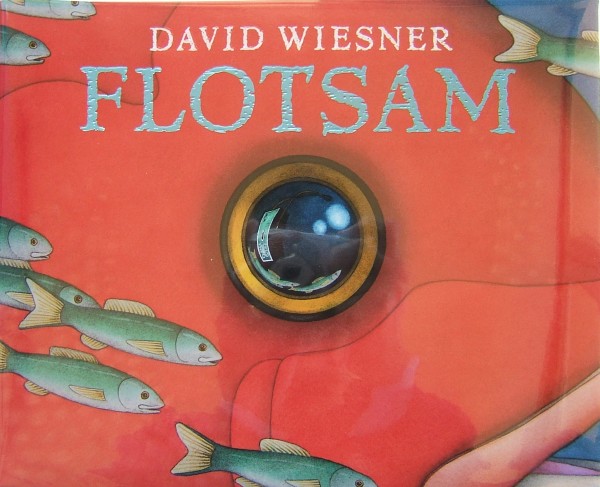.jpg)
Rosa is an amazing story about the life of Rosa Parks and the way her actions changed the world for everyone. Unlike many other historical fiction books, this book described her everyday life and was light-hearted and a joy to read. Rosa included enough information to learn something from reading it, yet was short enough that children will be able to enjoy it as well. The illustrations for Rosa was done by Bryan Collier and I was really impressed at the way the illustrations made the story come to life. The pages almost looked like a scrapbook, filled with photographs and memorabilia from Rosa and the time period in which she came from. Overall I thoroughly enjoyed reading this book and I learned more about Rosa Parks than I ever did from just a textbook or in the classroom. I would definitely use this book during a lesson on the Civil Rights, it is very inspirational and informative.

















